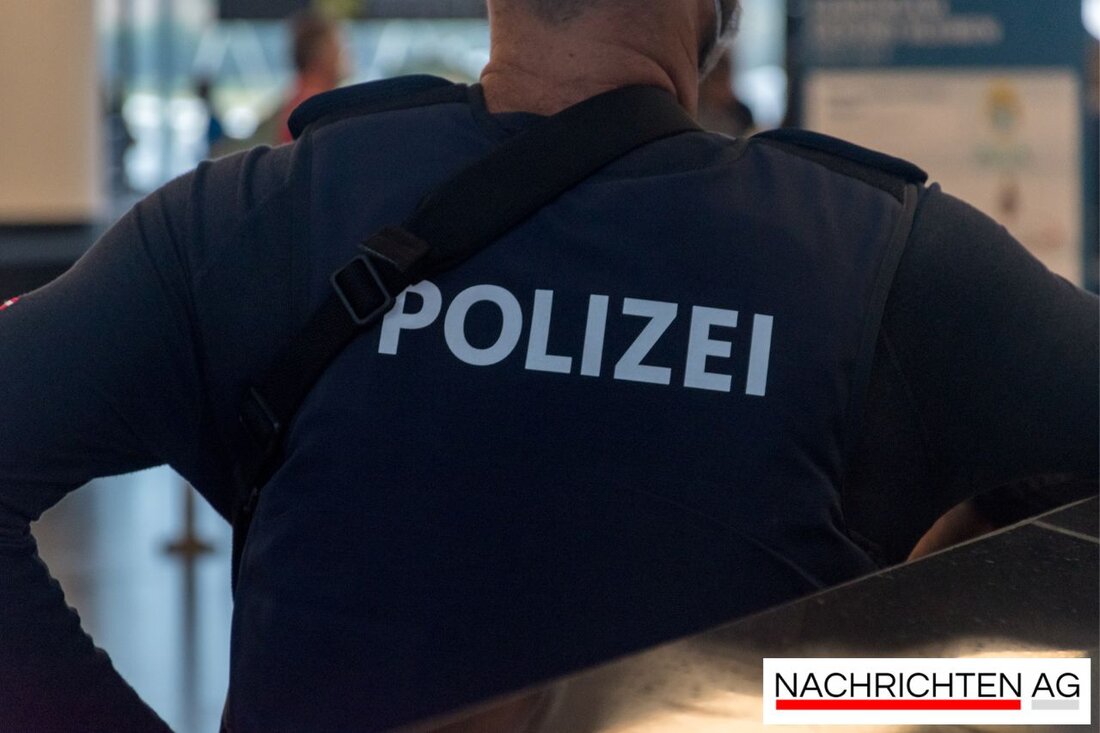November pogroms 1938: Memories of the dark past of the Southern Palatinate
The article sheds light on the November pogroms in Germersheim in 1938, which led to violence and discrimination against Jews.

November pogroms 1938: Memories of the dark past of the Southern Palatinate
November 9, 1938 is considered a terrible turning point in Germany's history, and the extent of the atrocities was particularly visible in the southern Palatinate. The so-called November pogroms led to massive discrimination, destruction and acts of violence against the Jewish population. Above all, the brutal attacks on people and their property left deep wounds in society. On November 10 of the same year, the synagogues in Rülzheim and Leimersheim were set ablaze, while Jewish businesses were vandalized. The remaining Jewish citizens experienced trauma that lasted generations and were expelled from their hometowns. The destruction occurred without the passive inhabitants intervening or providing assistance. However, those responsible for these events remained largely unclear, which raises questions about citizens' shared responsibility.
But how did these violent riots actually come about? The trigger was the assassination attempt on the German diplomat Ernst vom Rath on November 7, 1938 by the then 17-year-old Herschel Grynszpan. This event was used by the Nazi leadership as an excuse to unleash a wave of open violence against the Jewish population. On November 9, 1938, as the Nazi Party leadership gathered in Munich, Propaganda Minister Joseph Goebbels encouraged those gathered to resort to violence. Groups of SA and SS men marched through the cities and devastated everything connected with Jewish life, while the police were instructed to intervene only when “German life” was in danger. This systematic discrimination had already begun years before, including with the “Law for the Restoration of the Professional Civil Service” of 1933 and the Nuremberg Laws of 1935, which degraded Jews to citizens with inferior rights.
The destruction and its consequences
Over 1,400 synagogues and prayer rooms were destroyed in the pogrom, and more than 7,500 Jewish shops were looted. The official death toll is 91, but most estimates put the number at over 1,500. About 30,000 Jewish men were sent to concentration camps. Although the majority of the civilian population rejected the violence, around 10% of citizens actively participated in the riots. After the pogrom, the exclusion of the Jewish population became even more severe. For example, from November 15, 1938, Jewish children were banned from attending German schools. At the same time, the suicide rate among Jews, who found themselves in a desperate situation, rose.
Looking back, a clear picture emerges: The November pogrom marked the transition from discrimination to the systematic persecution and murder of the Jewish population in Germany. It is a memorable but also painful lesson of history that teaches us to be vigilant against discrimination and violence.
The fate of those affected and the destruction have left deep scars. It is now up to us not to forget this history and to learn from the mistakes of the past. The shocking events continue to raise questions about human behavior in crisis situations and illustrate how important it is to have the courage to intervene when injustice occurs.
For more information about this dark period of history and the background to the pogroms, you can read the reports from Rhine Palatinate or the processing of the bpb consult. Also on Github There is further information on these topics.

 Suche
Suche
 Mein Konto
Mein Konto